A recent phishing campaign by Hackmosphere exposed vulnerabilities among top decision-makers, like CEOs and CTOs. The study highlights how cybercriminals use social engineering tactics to target high-ranking executives, stressing the importance of stronger security measures.
Phishing, a common attack method, deceives individuals into revealing sensitive information such as credentials or financial data.
More targeted forms like spear-phishing and whaling focus on senior executives, making detection harder. Hackmosphere’s campaign tested how vulnerable key decision-makers are to these attacks.
Campaign Approach and Execution
Hackmosphere created two phishing scenarios aimed at CEOs and CTOs.
For CEOs, the phishing attempt involved a service quote request, appealing to their interest in business opportunities.
CTOs were targeted with invitations to a technology summit, engaging their professional interests.
The emails were crafted with realistic domain names—meditechinnovation.fr for CEOs and summit-leaders-technologiques.fr for CTOs—and were sent through a secure, optimized infrastructure.
The campaign measured email delivery rates and the click-through rate on malicious links. Of 64 emails sent to CEOs, 84.5% landed in primary inboxes, with 37.5% clicking the link. For CTOs, 63% of 46 emails reached primary inboxes, with only 13% clicking the link.
The results show a clear difference in vulnerability between CEOs and CTOs.
CEOs were more likely to fall for the attack, with nearly 40% clicking the link. In contrast, CTOs were more cautious, likely due to their technical expertise.
Hackmosphere also noted that the credibility of the phishing emails affected the results. The CEO email seemed more realistic because it matched real business scenarios, while the CTO email was less convincing.
While this campaign was for awareness, it highlighted the serious risks of real phishing attacks, where a single click could lead to credential theft, malware, or data breaches, causing financial and reputational harm.
Mitigation
To reduce these risks, organizations should take the following steps:
- Regular Training: Educate employees on phishing tactics through awareness sessions.
- Robust Security Systems: Use advanced anti-spam tools like Office 365 for improved email filtering.
- Email Verification: Encourage employees to check senders and URLs before interacting with emails.
- Internal Simulations: Conduct regular phishing simulations to assess employee awareness.
Hackmosphere’s research highlights the need for heightened cybersecurity awareness, especially for CEOs, who are more vulnerable to attacks, and CTOs, who should use their technical knowledge to protect company assets.
By combining education with strong security tools, businesses can better defend against cyber threats.
Follow Us on: Twitter, Instagram, Facebook to get the latest security news!

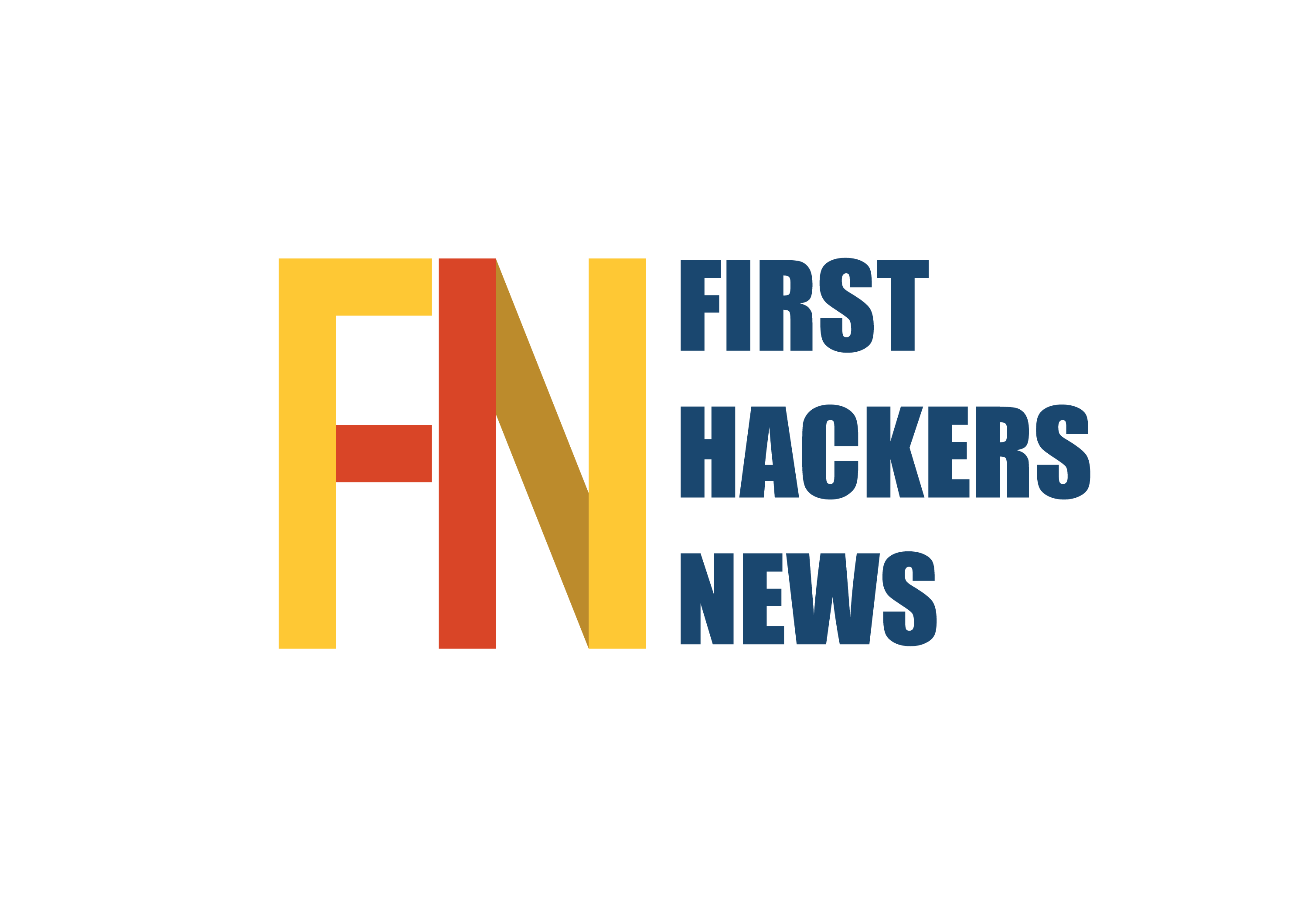

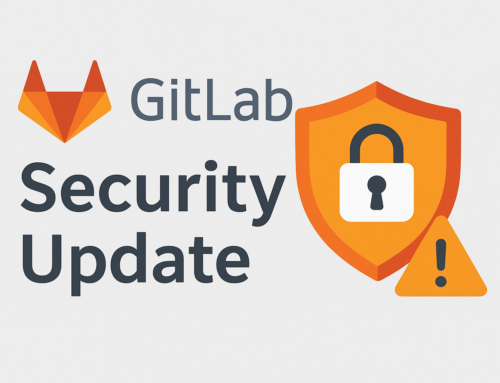
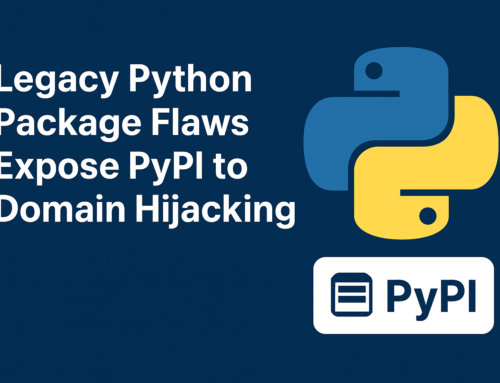
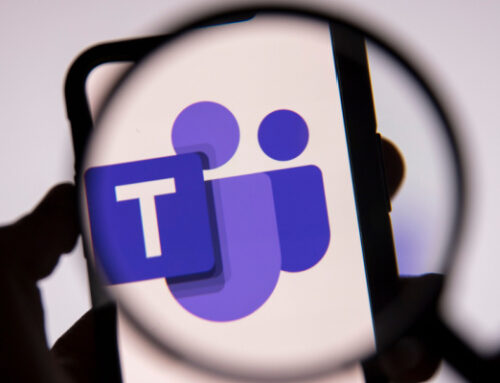

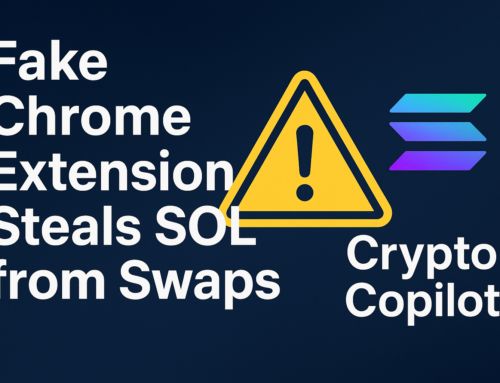
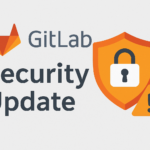
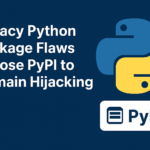


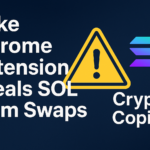
Leave A Comment